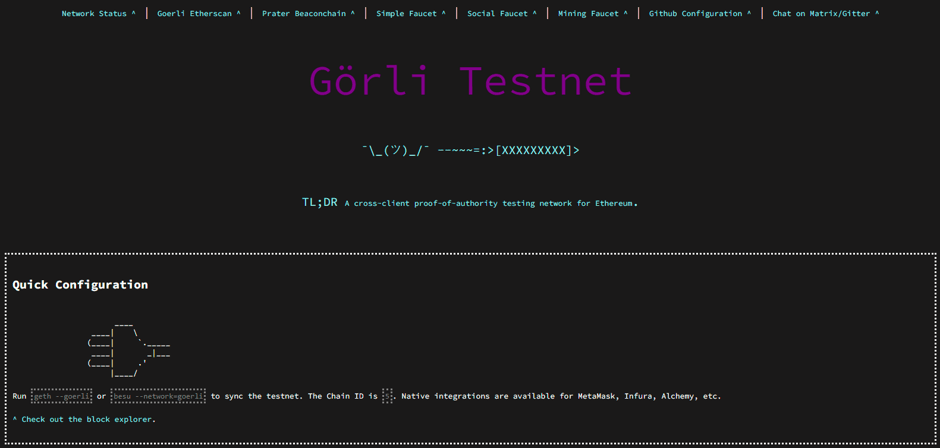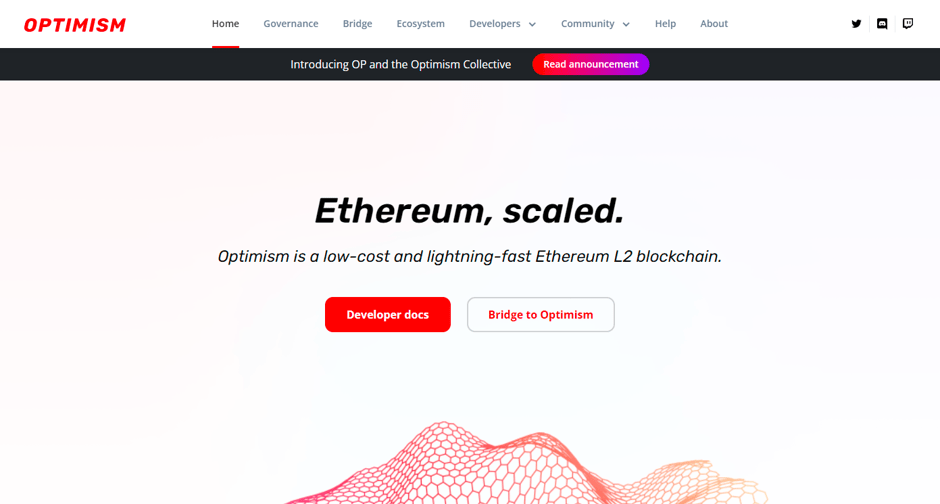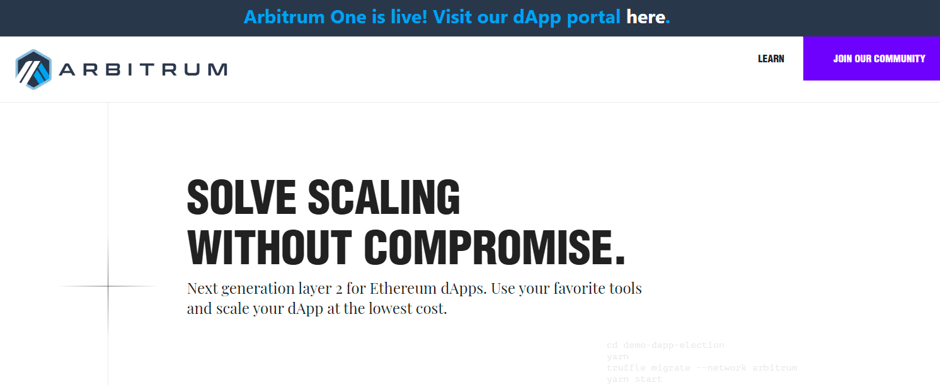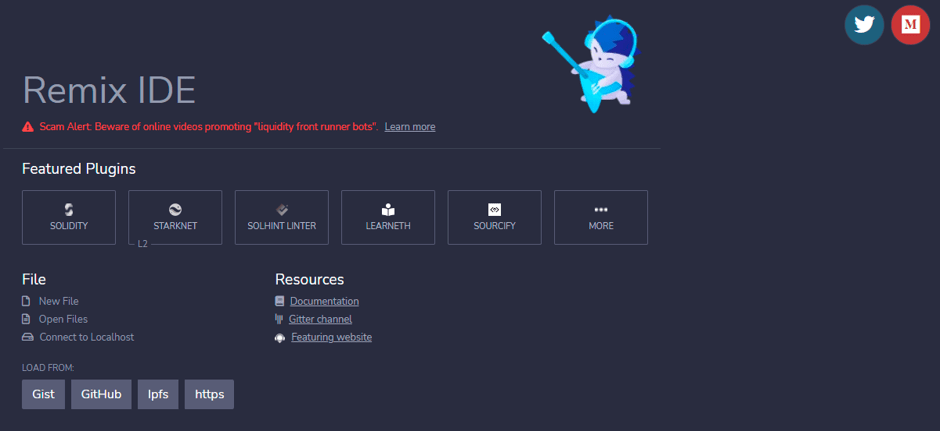Ethereum Testnet Guide by Cryptogeek


Ethereum testnets are an extremely useful way to create and update Ethereum-based applications and contracts before deploying them to the Mainnet.
In terms of cost, they’re inexpensive – since you can use test tokens to work. Moreover, they allow you to avoid gas fees for each transaction if you just want to test your creation.
In this article, we will cover the functioning of these networks and the most relevant ones – as well as give you some information about the most popular Ethereum testnets that have been deprecated.
Contents
What are Ethereum Testnet Networks?
Ethereum is the most widely used network used by developers to create blockchain-based applications. Moreover, they use smart contracts based on Ethereum to trade, be a part of the decentralized space, and even create DeFi exchanges.
Now, if we consider that each transaction that occurs on the blockchain has a cost in terms of gas fees, think about how costly it can be to make this kind of transaction during the development phase. Each step should be paid and sent to the blockchain, even if it needs to be adjusted, or in those cases in which you need to proceed according to a trial-and-error process.
Testnets serve this scope – they allow developers to create and test without spending tokens. Or, to put it better, they allow them to make transactions with test tokens – for free.
Their importance relies on the fact that you can work in a fully EVM-compatible environment, and deploy your applications, contracts, flash loans – usually created with AAVE, and any kind of project to the Mainnet only once everything works properly.
In this way, you can sensibly reduce costs and make sure that your application works as you want before making it public. These testnets work on everything compatible with the Ethereum network – also with test copies of existing applications. This is extremely useful when developers work on integrations with existing contracts, or when they want to work on updates of existing contracts.
Let’s see in detail the most relevant Ethereum testnets.
Ethereum Testnet: Görli
Görli Testnet – also referred to as Goerli – is a proof-of-authority (PoA) testnet established in 2018. Even if this testnet is open-source, working according to a PoA means that just a few community members are selected to be validators. But since Görli is going to be merged with the Prater beacon chain – which works on a proof-of-stake (PoS) consensus mechanism – everyone will have the opportunity to run validators for this testnet.

Ethereum Testnet: Sepolia
Sepolia isn’t one of the most supported testnets – when compared to Goerli, it doesn’t have such a strong community behind it. This testnet works on a proof-of-work (PoW) consensus mechanism, having this in common with Ethereum unless and until when the Merge won’t be complete.
It might replace the Ropsten testnet, the current PoW Ethereum testnet that has been deprecated: it will work until developers use it, but it won’t receive any upgrades – moreover, it should be the testnet used for the final transition of Ethereum to proof-of-stake.

Ethereum Testnet: Optimistic Kovan
This testnet may recall one of the most popular Ethereum testnets, Kovan. But as well as Ropsten, Kovan will be deprecated and receive no more upgrades after The Merge.
Optimistic Kovan is a different testnet: as reported by the Ethereum website, it’s a “testnet for Optimism”. This is a Layer 2 (L2) testnet, that is, one of those networks that benefit from more scalable solutions ideated for Ethereum.

Ethereum Testnet: Arbitrum Rinkeby
Also, this testnet recalls a beloved network, Rinkeby – and also the Rinkeby testnet will be deprecated after the Merge.
Arbitrum Rinkeby testnet represents another L2 solution but thought for Arbitrum.

Which Ethereum Testnet to Use?
There is no definite answer to this question. The only useful suggestion is to use the testnet that has as many similar characteristics as possible in common with your project.
As we said, they fully mimic a development environment – with the benefit that they are inexpensive. Do you want to work with a PoW testnet? Do you think you’ll need support? In this case, for instance, you should choose a testnet with a larger and more active community. Do you prefer a testnet more in line with the Mainnet upgrades? In this case, you shouldn’t choose a deprecated testnet.
There are many more filters you can use to choose your testnet:
- Is it easy to add to Metamask?
- How does its faucet work? For instance, what are the limits to getting test tokens? Does it release them immediately or you’ll need to use social networks to get them?
There are many questions you should answer before choosing the testnet that better suits your project and goals.
How to Use Ethereum’s Testing Networks?
We mentioned faucets, but what are they?
Crypto faucets are programs or websites that allow you to get a certain amount of test tokens for free.
Not all faucets work the same way. Each testnet we listed uses at least one Ethereum faucet:
- Sepolia faucet: being a PoW testnet, it’s possible to mine test funds.
- Goerli faucet: if you’re using Metamask, one of the most popular DeFi wallets in the crypto space, you can easily select the Goerli testnet, copy the public address and paste it into the faucet page to get your test tokens.
- Ropsten: as Sepolia, Ropsten uses the multi-chain faucet, but it also uses the Paradigm faucet, which needs developers to use their Twitter accounts.
- Rinkeby: also Rinkeby uses the multi-chain faucet – which only needs your address to receive funds – and the Paradigm faucet, as well as the Rinkeby faucet.
- Kovan: also Kovan uses the multi-chain faucet, the Paradigm faucet, as well as the Gitter Kovan faucet, which requires your Twitter account to use it.
- Also, Arbitrum Rinkeby and Optimistic Kovan use the multi-chain and the Paradigm faucet.
As we mentioned, to use all these faucets you should select the right network on your DeFi wallet and copy the public address of your account to paste it on the faucet page.
Then, you’ll receive some test tokens. After this, you’re ready to use the testnet network.
All these steps are extremely important: test tokens have no value, and if you try to send ETH to a test network you’ll lose your funds.
Once you get your test tokens, you’re ready to code your project. The reason why you need those tokens is that any application or contract needs you to make on-chain transactions: they have a cost, because each transaction, to be deployed to the chain, requires some fees. Test tokens allow you to pay those fees, but without real funds – as we mentioned, they have no value.
So, how to proceed? To better understand the whole process, let’s make a practical example.
A good tool to develop your projects is Remix IDE, maybe the most popular application to build on Ethereum.

Let’s say you want to code a smart contract: the first step is connecting your wallet, like Metamask, since it’s your gateway to the DeFi space.
If you select a testnet on Metamask, you’ll be able to deploy it by using the test tokens you sent to your wallet account. The whole procedure will look like a project deployed to the Mainnet: you’ll be able to select the “speed” of the transaction and choose the maximum amount of fees you’re willing to pay.
FAQ
What is Ethereum testnets?
Ethereum testnets are network compatible with Ethereum you can use to test contracts, applications, upgrades, and any kind of projects before deploying them to the Mainnet. They’re very useful because they allow you to code your projects without using real crypto funds.
How do testnets work?
You can use them as you would do with projects run on the Mainnet – but for free, since you can use test tokens.
What are faucets?
Faucets are those programs or websites where you can get test tokens. Each faucet works differently: some faucets only require your public address, some faucets require you to use your social media to log in before being able to obtain tokens.







Here are no comments yet. Be the first!